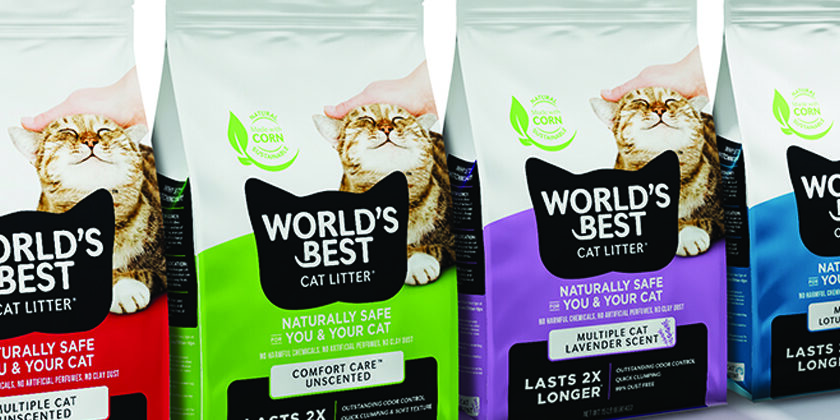Feb 2, 2024
Picture this. It’s February, freezing cold outside, you’re bundled up, you’re wearing a mask and trying to keep your glasses from fogging up. You’re sneezing, coughing, aching, your head hurts, and you feel fuzzy and incapable of thinking or doing. You’re desperate for relief, and you’re facing a shelf of mass confusion. Oh, and there is a good chance you have a sick kid in tow.

Pamela Long
A 2020 study published in JAMA evaluated brand-name over-the-counter medications marketed as cold, allergy, sinus and nasal remedies. Drilling down to the most common 14 brands, not including private label, those 14 brands represented 211 unique products. Out of those products, only eight unique nonanalgesic ingredients were identified. Many of these products were sold under the same brand name and had the same two, three or four active ingredient combinations, and they all claimed to remedy the same ailments. Sounds like a recipe for consumer doubt and frustration.
Today’s shoppers crave an empathetic brand that is most definitely effective but, maybe more than that, understands their situation and can help them find the right solution in a vulnerable moment. This is traditionally a shelf that tries to be everything to everyone — every claim, every symptom, every impossible-to-understand ingredient and, to add insult to injury, acronyms that are probably irrelevant. It’s a category that has been slow to evolve and rarely has succeeded in helping consumers navigate their shopping journey.
This is where branding can, and should help. And where marketers should start thinking more about their consumers’ psychographics and situational context. I would argue that a strong, shoppable differentiated portfolio will get you farther as a brand than just having the whole kitchen sink at shelf. And simplicity, while often ignored, is the key to consumer trust and loyalty.
Now take this scenario and double down, because we also need to talk about kids’ cold and flu. Things just got even more challenging now that we are talking about those precious, perfect children that none of us want to taint. That said, as parents, our willingness to medicate is directly tied to the severity of our children’s illness. So, there is a very real reason for being, for the most efficacious of products, as well as those that represent natural and homeopathic options.
Clarity, again, is key. Firstly, help parents quickly understand if the product has actives or is a natural option. Today’s parents are interested in both, but at different times. And it’s super important to understand quickly what kind of kid this is for — can I give it to my baby? Would it be appropriate for my almost tweenager? You don’t have to say everything; save noncritical info for the side panel; and please don’t take up valuable space by saying it twice. Instead, emphasize the meaningful information.
The answers here aren’t simple. They warrant informed discussions, and trade-offs are most certainly involved. But I encourage all the brands playing in this space to take a hard look at their products at shelf and think about the following questions:
• How well do you know your consumer? When’s the last time you talked to them or had them weigh in on the brand?
• Do each of your products truly have a reason for being, beyond holding space at shelf?
• Are you using intuitive nomenclature, imagery and color coding so that consumers don’t have to work so hard.
• What information is essential on FOP (front of package)? You may think everything is important, and you are probably not the target consumer. Even if you are, you are probably too close to the situation.
• Are you challenging norms and category language? Someone has to do it, and often there is some flexibility.
• What’s your digital presence — How buttoned up are you for those shopping online? How are you converting a trial user into a brand advocate? (FYI, you are way behind if you aren’t showing up in their socials.)
Brands have rested on their laurels for too long in this aisle, knowing that there is always consumer need. But as new brands start to challenge convention, it’s time to consider whether trying to decode your brand is making a sick consumer even more sick. Or, worse yet, getting frustrated, giving up and moving on.
from chaindrugreview.com



